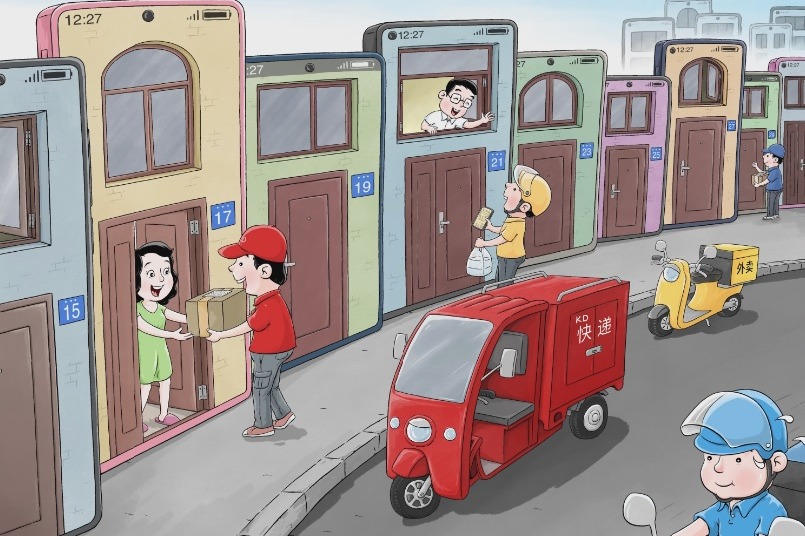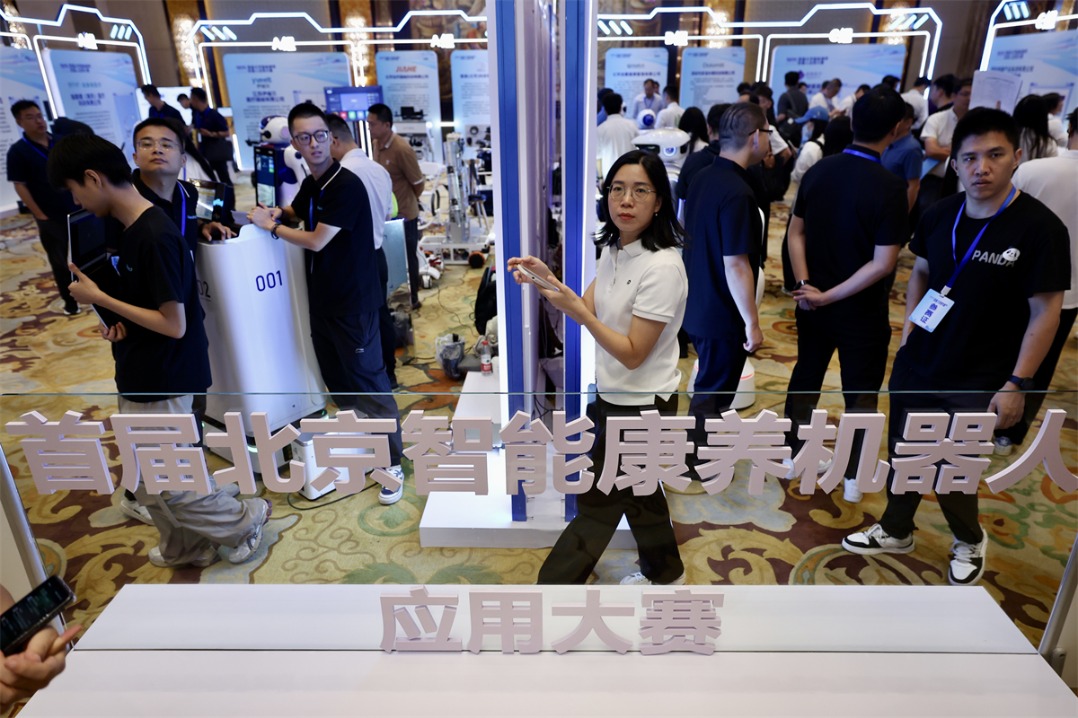A strategic pause amid complex China-US relations


Editor's note: The 90-day extension of the US-China tariff truce, just reached on Tuesday in Sweden, is a careful pause in an ongoing economic struggle. Why did both sides agree to this? How will it affect market expectations in Beijing and Washington? What key factors support China's resilience and role in global supply chains? Most importantly, what should China focus on to turn this pause into lasting benefits? Experts share their views with China Daily's Li Wei. Excerpt follows.
Truce offers breathing room for both sides
The recent US-China trade talks in Sweden produced a notable outcome: a 90-day extension of the tariff truce. While seemingly a temporary measure, it reflects a calculated and complex phase in the evolving dynamics between two deeply intertwined economies. This outcome acknowledges the economic imperatives on both sides and broadly aligns with market expectations in Beijing and Washington.
This temporary pause is not merely symbolic. It offers tangible benefits to both parties. For the United States, it allows breathing room to manage supply-side disruptions and address a resurgence in inflation triggered by tariffs. For China, it creates space to stabilize external demand while redirecting focus toward domestic growth objectives.
Two structural forces underpinned the temporary breakthrough. One is the resilience of China's foreign trade. Despite a marginal decline in direct exports to the US in the first half of the year, shipments to ASEAN, the European Union and countries involved in the Belt and Road Initiative surged. Even in the midst of trade tensions, external demand has remained a key pillar of China's economic momentum.
The other is China's irreplaceable role in global supply chains. From rare earths to midstream manufacturing, its strategic position is no longer in question — and has become increasingly central in the calculus of trade negotiations.
While further pressure from the US side remains possible, few expect a return to triple-digit tariffs. The broader consensus is that global trade, though strained, retains its vitality. Its logic — interdependence, comparative advantage, mutual benefit — continues to exert a gravitational pull that is difficult to defy.
In navigating what comes next, China's policy priorities are coming into sharper focus.
High-level trade engagement with the United States should continue, grounded in reciprocity and aimed at rolling back unilateral restrictions on trade and technology.
At the same time, broadening and diversifying trade partnerships — particularly with emerging markets and the Global South — will be essential to offset external risks and expand strategic room for maneuver.
Further development of services trade, along with the timely completion of the Hainan Free Trade Port's independent customs operation, will be critical steps toward greater openness.
Actively pursuing membership in high-standard trade frameworks such as the CPTPP will help deepen integration with the global economy.
Above all, China will need to stay focused on its domestic foundations: building a unified national market, accelerating breakthroughs in core technologies, and consolidating long-term development autonomy.
Han Han, a tenured associate professor at the Department of Finance at the School of Economics, Peking University.
Time bought, but challenges remain
The China-US tariff negotiations in Sweden signal several key developments:
"Pause without rollback" has emerged as the negotiators' interim consensus. In earlier rounds of talks in Geneva and London, both sides resumed information-sharing, demonstrated goodwill, and maintained strategic resolve, ensuring that the tariff conflict would not escalate in the short term and preserving stability in bilateral and global markets. This modus operandi — trading time for space rather than making substantive concessions — was upheld in Sweden. Although no major agreements on specific measures were reached, the extension helps avert a full-scale trade war, steadies expectations in China, the United States, and beyond, and benefits sectors such as cross-border e-commerce, technology manufacturing, and bulk energy commodities.
Despite unresolved fissures, both sides have gradually returned to a more measured tone. Both delegations affirmed their commitment to fairness, equity, mutual respect and healthy competition, indicating that US trade policymakers retain a balanced, rational perspective on the interplay between global trade and national interest. While short-term frictions will persist, the long-term outlook remains one of competitive yet cooperative engagement.
Leveraging trade as an entry point, both sides have agreed to reinstate a senior-level, routine communication mechanism. This platform will not be confined to tariff issues alone. It will serve as a conduit for other shared concerns, such as effectively revitalising the high-level communication channels that have stagnated since 2020 and laying the groundwork for future top-leader summits.
The US administration's tariff strategy yielded substantial fiscal gains — indeed, US Treasury revenue has swung into surplus — making Washington reluctant to relinquish its newfound "windfall". Complete tariff elimination in the near term is unrealistic. Core disputes over fentanyl-related levies, technology export controls, and rare-earth supplies will undoubtedly persist.
Yet tariffs are a double-edged sword: they harm not only China and other Global South economies, but also US consumers and, ultimately, the current US administration itself. Recent data show that months of elevated US import duties have driven domestic prices upward. Tariffs function as import taxes, with costs ultimately borne by US businesses and households — especially in consumer goods, pharmaceuticals, electronics, and automotive parts — perpetuating high inflation and complicating US monetary policy. The resultant uncertainty has fuelled stock-market volatility. Moreover, rising living costs are translating into political pressure: consumer discontent is denting the administration's approval ratings just months ahead of gubernatorial elections in states at the end of 2025 and the congressional midterms in 2026. Under such pressure, Washington will be compelled to resolve tariff issues swiftly and recalibrate economic expectations in preparation for the upcoming electoral battles.
Qu Qiang, deputy director of the Area Studies Institute, Minzu University of China.
The views don't necessarily reflect those of China Daily.


































